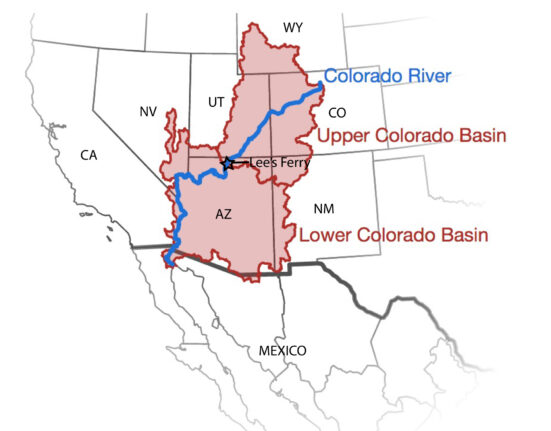Hawaiʻi has made a groundbreaking decision that could set a new precedent in environmental conservation efforts. The state is now the first in the United States to implement a program where tourists will be charged for visiting certain natural sites. This move comes as part of a larger initiative to protect and preserve the delicate ecosystems and environment of Hawaiʻi.
The decision to charge tourists is not just about generating revenue but also about promoting responsible tourism and ensuring the sustainability of Hawaiʻi’s natural resources for future generations. By imposing fees on visitors, the state aims to offset the environmental impact caused by tourism activities such as carbon emissions, waste generation, and stress on local infrastructure.
According to experts in environmental conservation, this innovative approach could have far-reaching implications beyond just raising funds.
Dr. Maria Lopez, an ecologist specializing in island ecosystems, explains,
“Charging tourists can help regulate visitor numbers, reduce overcrowding at popular sites, and ultimately minimize ecological damage.”
Tourism plays a significant role in Hawaiʻi’s economy, attracting millions of visitors each year who come to experience its stunning landscapes, diverse wildlife, and unique culture. While tourism brings economic benefits, it also poses challenges such as habitat destruction, pollution, and disruption of indigenous communities.
By introducing fees for tourists, Hawaiʻi hopes to strike a balance between promoting tourism-driven economic growth and safeguarding its natural heritage. The funds collected from these charges will be reinvested into conservation projects aimed at restoring damaged ecosystems, protecting endangered species, and implementing sustainable practices across the islands.
Local residents have expressed mixed reactions to the new policy. Some view it as a positive step towards preserving their homeland’s beauty and biodiversity. One resident shared her thoughts saying,
“I believe charging tourists is necessary to ensure that our environment is protected for future generations.”
However, others are concerned that imposing fees may deter potential visitors or lead them to seek alternative destinations with fewer restrictions. Balancing conservation goals with the need for tourism revenue remains a delicate challenge that policymakers in Hawaiʻi are navigating carefully.
As Hawaiʻi pioneers this initiative, other popular tourist destinations around the world are closely watching its implementation. If successful, this model could inspire similar measures elsewhere to address the growing pressures of mass tourism on fragile ecosystems globally.
In conclusion,
charging tourists may be just one piece of the puzzle when it comes
to balancing environmental protection with economic interests in tourist-dependent regions like Hawai’i.
By taking this bold step,
the state is sending
a strong message that sustainability
and conservation must go hand-in-hand
in safeguarding our planet’s most precious treasures
for current
and future generations
to enjoy.
Experts emphasize
that collective efforts
from governments,
tourists,
and local communities
are essential
in shaping a more sustainable
and responsible approach
to travel
and nature preservation.
Hawai’i’s groundbreaking move signifies
a shift towards prioritizing long-term environmental health over short-term financial gains—a mindset
that could shape
the future trajectory of global tourism policies if adopted worldwide.
This bold experiment highlights how innovative solutions can emerge from unexpected places when faced with pressing environmental challenges—ushering us into an era where every traveler becomes not only an explorer but also a steward of our planet’s invaluable natural wonders.








Leave feedback about this